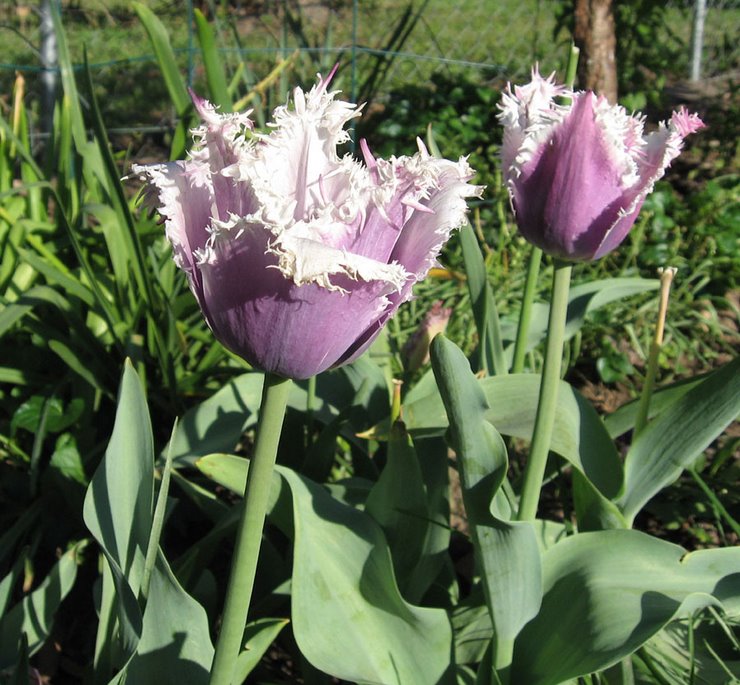Perennial, zone 3
Full sun, 2-3 feet tall
One of the perennial flowers that most reliably handles the hot Kansas summers without pampering is the purple coneflower, or echinacea. This native plant can handle the extremes of both winter and summer and keep going.
Originally their flowers were a rosy pink color, but they are also available now in white, yellow, orange, and red. They bloom in the summer and early fall. If you deadhead them during the summer, they will keep blooming for many weeks. Leaving the seedheads at the end of season provides seeds that are attractive to native birds such as goldfinches.
Coneflowers thrive in full sun, and prefer well-drained soil, though they have tolerated the fairly heavy clay in my garden. They attract butterflies and bees as well as songbirds. They will reseed themselves, so I usually have a few new plants every year to fill in beds or give to friends. In the fall, I cut off seed heads, break them open, and scatter seeds where I'd like to have more plants next year.
I like to combine the fairly large flowers of coneflower with more fine-textured plants such as Russian sage, baby's breath or threadleaf coreopsis. The combination of different textures and flower sizes looks great together.
- - - - - - - - - -
At the top of posts about plants, you will notice the "allergy index scale" rating for each plant I discuss. The Ogren Plant Allergy Scale rates the allergy potential of a plant, but of course does not indicate whether you or anyone else actually is allergic to it. In this scale, 1 is the best rating, with the least potential to cause allergic reactions; and 10 is the worst rating, with the most potential to cause allergic reactions. Because coneflowers are rated 5, midway on the scale, I avoid having them near the windows of my house, or too many right around my patio or other areas where I tend to spend a lot of time. Instead, I have them in borders farther from the house. Coneflowers are related to ragweed, so cross-reactive allergic reactions can happen, especially to people already allergic to ragweed.

No comments:
Post a Comment